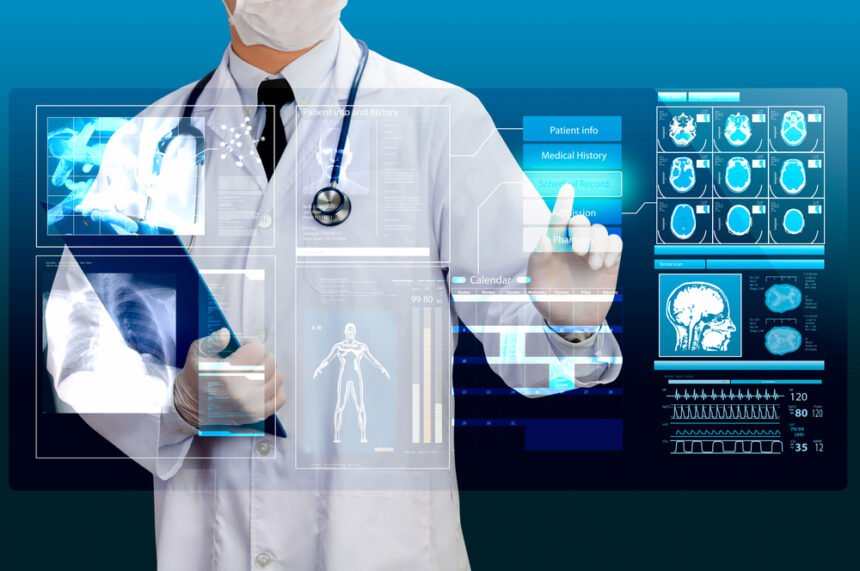One of the biggest advantages of the intermediary world of sciences is the invention as well as the development of some of the most ground-breaking technologies, instruments, and equipment that have led to massive improvements in the world of medicine. Diagnostic imaging, commonly referred to as radiology, is one of the most revolutionary innovations in the medical world. Radiology has revolutionized how physicians and patients view health and diseases.Radiology allows medical professionals to peer into the interior of a living human body without having to cut it open. It is the paradigmatically visual discipline of the medical community and as such, extremely important to the growth and development of the field. The benefits of radiology to health and life (in general) cannot be overestimated. In fact, without radiology, it’d be impossible to recognize most contemporary medical fields.
The Evolution of Medical Imaging
Try to picture the modern healthcare system sans the benefits of radiology. In the past 50 years or so, there has been a lot of changes in medical imaging technology. The field of radiology has risen to a place of prominence, and the vendor companies that lead the medical imaging industry have helped shape ? and have witnessed ? the evolution of the technology.
Computer Technology and Medical Imaging
Medical imaging technology goes back to the 18th and 19th centuries when Becquerel and the Curies and Roentgen discovered radioactivity and x-rays respectively. Both discoveries greatly improved the practice of medicine. The practical application of ultrasound in medicine was made possible by developments in the use of sound waves in mid-20th century, and then came the computers and changed the whole game.Prior to the extensive use of computer technology in health care, sonography, nuclear medicine technology, and radiography were used as diagnostic medical imaging modalities or tools. The imaging modalities that followed were inherently digital, and their existence was highly dependent on computing capabilities, these are MRI (Magnetic Resonance Imaging) and CT (Computed Tomography). Computers were used to acquire and reconstruct images.
Modern Medical Imaging
The pioneers of medical imaging technologies probably didn’t imagine that their inventions would evolve to what we have today. Thanks to advancements in imaging technology, we have faster and more accurate diagnoses in the modern health care arena. Today, radiologists are responsible for administering radiation therapy, overseeing interventional procedures, and performing diagnostic imaging with the help of medical imaging professionals.
Development of Other Technologies
The evolution of medical imaging has led to the development of other technologies to deal with emerging issues. Computing made medical imaging easier which increased the number of images produced in the radiology department. The task of managing these large volumes of images can be daunting, to say the least. As a result, other technologies have emerged to deal with this overwhelming number of images.
Picture Archiving and Communications System (PACS)
An example of a medical imaging management solution is a radiology PACS system. PACS is short for Picture Archiving and Communications System, a technological solution that seeks to make it easier to store and access the humongous volume of medical images in the radiology department. Medical facilities can utilize a PACS in an enterprise wide management of images ? in medical imaging ? in a number of ways.For instance, images produced in the surgical and cardiology suites and those produced in the emergency department, et cetera, can be shared or linked to a network of hospitals or imaging centres across the country. The sharing leads to faster turnarounds, and as a result, a lot of time saved. Eventually, this will help medical professionals become more efficient leading to better management of patients and high-quality care.

